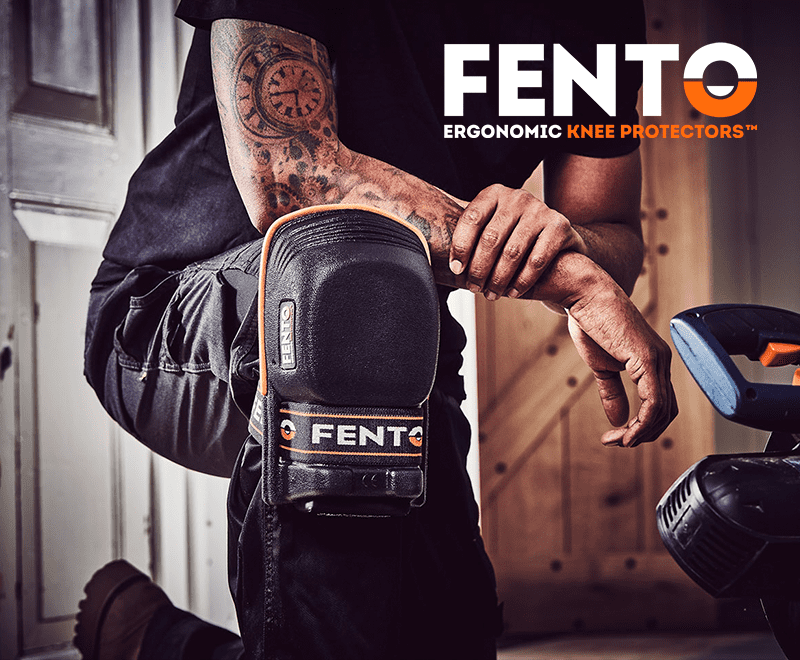Underfloor heating is becoming an increasingly popular heating system in the UK.
As an energy efficient alternative to a traditional boiler and radiator system – which is also cost effective and simple to install – underfloor heating is being championed by homeowners and tradespeople alike!
However, some people still have a number of questions about underfloor heating. So, as leading suppliers of underfloor heating to the trade with over 30 years’ experience, we’ve answered the top five most frequently asked questions.
1. Which underfloor heating system is more suitable – wet or electric?
Ultimately, it depends on the project.
Electric – or dry – underfloor heating involves the use of heating elements, like individual heating cables and mats. These elements are installed beneath or within a floor and connected to an electricity supply.
Electric underfloor heating is ideally suited to bathrooms or kitchens. As these systems can be more expensive to run, they are often preferred for smaller projects.
Plus, individual electrical heating cables can be easily manoeuvred around obstacles like cupboards, sinks and toilets.
Electric underfloor heating causes little disruption during installation as it requires minimal impact on floor height and is relatively simple to install. So, it is commonly recommended for renovations of one or two rooms, and is suitable for full refurbishments and new-builds too.
Wet – or hydronic – underfloor heating features flexible pipes which are installed beneath the floor and connected to a heating source, like a boiler or heat pump. Warm water flows through the pipes to heat a room from the ground up.
Wet underfloor heating systems are best suited to larger, regular-shaped areas, particularly on the ground floor.
Typically, it’s recommended for new-builds as it often requires the application of a thick layer of screed to raise the floor level. It is preferable to incorporate this into the build from the start.
However, wet underfloor heating is also suitable for complete refurbishments and extensions, as both can incorporate the more complex installation process into the overall build.
For more information on which system is best for your project, speak to a member of our expert team who will be happy to advise you.
2. Which flooring options work best with underfloor heating?
Underfloor heating is well-suited to most floor types, but there are some floors which provide better results than others.
Generally, it is advisable to select flooring with minimal thermal resistance for maximum effectiveness.
Hard surfaces like stone and ceramic tiles are ideal as they are the most thermally conductive. They allow energy to quickly transfer to the surface for an efficient and effective warmth.
You can read more about tiled flooring and underfloor heating here.
When it comes to wood flooring, it’s recommended to use engineered wood flooring rather than solid wood because engineered wood performs better under changing temperatures.
It is possible to pair underfloor heating with carpet – but the temperature of the system should be higher to enable the warmth to transfer through, and low-tog is recommended. The combined rating of the carpet and underlay should be below 1.5 tog.
Regardless of flooring choice, it is advised that you consult the flooring manufacturer to check the temperature limitations for the chosen flooring.
3. What heat source should I use for underfloor heating?
For electric underfloor heating, the system will be connected directly to an electricity supply. Commonly, this is the mains supply, but some buildings use renewable solar power, from either panels or a storage battery.
The most suitable heat source will depend on the area being heated and the density of the cable or mat which is being installed.
Wet underfloor heating can be used with almost any heat source, as long as a mixing valve is used to ensure water temperature is within the required range – usually 35-55°C.
Existing boiler systems and low-temperature heat sources, such as ground-source or air-source heat pumps, are often the most efficient and effective.
It is essential that you determine the heat source for your system before the design stage as this will affect installation.
4. Do I need a floor sensor?
A floor sensor is a device which determines the upper limit temperature that a floor can reach. It is an alternative to a thermostat for measuring temperature.
Most commonly, sensors are used in bathrooms and en-suites as they have thermostats installed outside the room rather than in them. In this instance, the floor sensor should be installed as close to the floor as possible, then wired back to the appropriate thermostat and connected into the NTC terminal.
Floor sensors can also be required when flooring needs protecting, such as if the flooring is at risk of damage when heated above a certain temperature. However, the floor temperature can also be limited using the flow rate on the manifold.
Floor sensors are usually not required for more robust flooring types, such as tiles or ceramic.
If you’re still unsure whether your project requires a floor sensor, our expert team are on hand to help.
5. Is it easy to install underfloor heating?
The installation process differs, depending on the type of system and type of project.
Electric underfloor heating is typically simpler and quicker to install, especially when using heating mats in a larger area as these can be easily rolled out and connected to an electricity supply.
Installing wet underfloor heating can be a more complex process. It requires more floor-build up as the water pipes are thicker than electrical heating elements. This results in more disruption to a room, a longer installation time and higher costs.
Whether it’s an electric or wet system, all installations should be carried out by a qualified installer.
For more information about underfloor heating installation, see our detailed installation guides.
Underfloor heating systems from Amber
Here at Amber, we are the UK and Ireland’s leading supplier of electric underfloor heating to the trade.
For over 30 years, Amber Underfloor Heating products have been supplied across the country through our extensive network of stockists.
Alongside our range of Amber products, we are the UK and Ireland’s leading supply of DEVI products.
If you have any technical questions, contact our Technical Support Team on Live Chat here or email technical@amberufh.co.uk.
For more information about becoming an Amber reseller, get in touch today.








